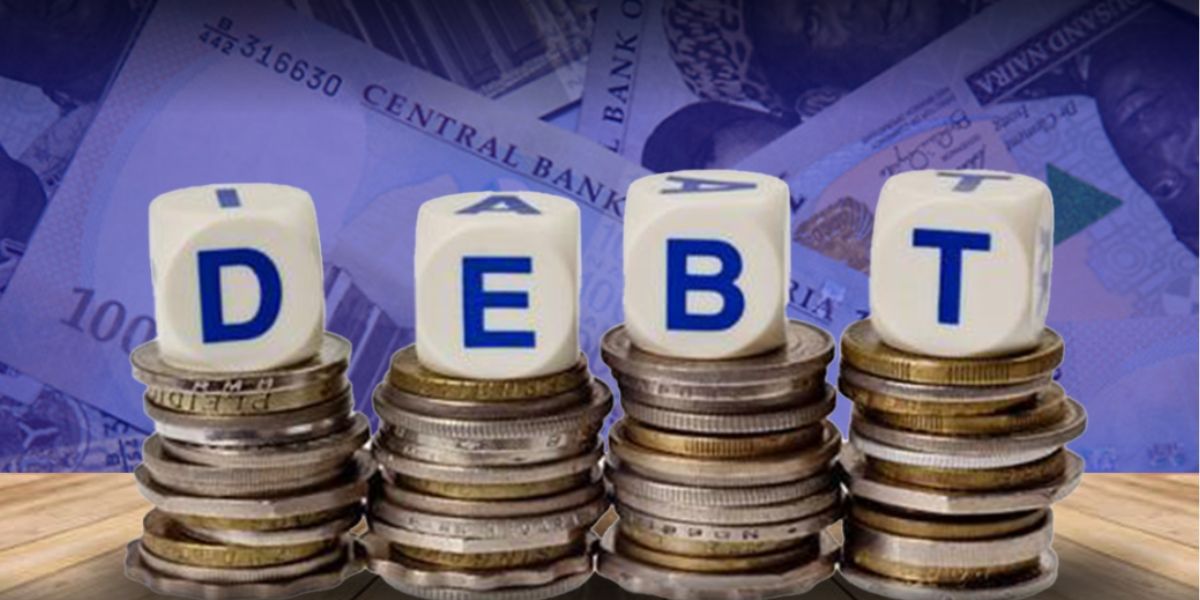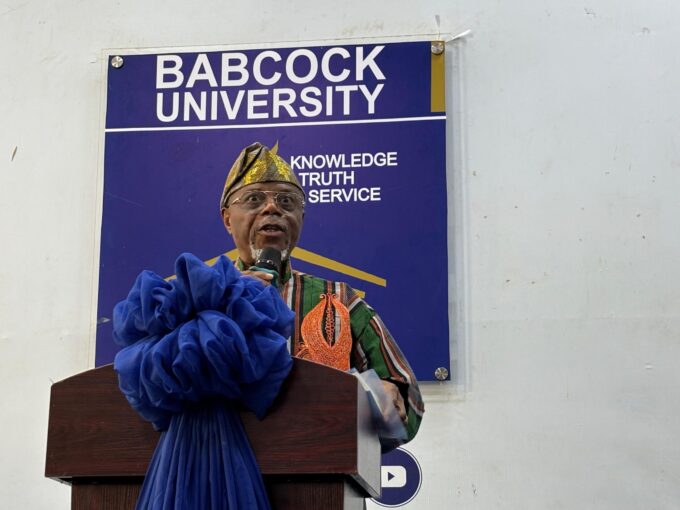By Chinwendu Obienyi
Nigeria’s external debt obligations are tightening the noose around its fragile economy, as the country spent a staggering $2.01 billion on external debt servicing between January and April 2025.
This represents a 50 per cent increase compared to the $1.33 billion recorded during the same period last year.
Latest figures from the Central Bank of Nigeria (CBN) show that debt service costs have ballooned to account for 77.1 per cent of total international payments, a sharp rise from 64.5 per cent in the first four months of 2024.
This trend underscores the growing strain on Nigeria’s foreign exchange (FX) reserves and highlights the limited fiscal space for trade, investment, and economic development.
Total international payments for the first four months of 2025—including debt service, remittances, and letters of credit—stood at $2.60 billion, out of which debt servicing alone gulped $2.01 billion. During the same period in 2024, the total outflows were $2.07 billion, with $1.33 billion used for debt service.
The data from CBN revealed that month-on-month figures expose a troubling trajectory. In January, Nigeria paid $540.67 million, slightly below the $560.52 million paid in January 2024. February saw payments of $276.73 million, also relatively stable. However, from March, debt servicing surged—reaching $632.36 million, more than double the $276.17 million recorded in March 2024. In April, payments hit $557.79 million, a sharp 159 per cent rise from $215.20 million the previous year.
This means Nigeria disbursed nearly $1.2 billion in just two months, pointing to the maturity of large loan obligations and highlighting the back-loaded nature of some external debts.
Analysts warn that this debt servicing trend is crowding out vital FX demands, such as imports, remittances, and critical infrastructure investments. With more than 77 cents of every dollar spent abroad now going to repay foreign loans, Nigeria’s ability to stimulate economic growth through external trade and investment is increasingly constrained.
The situation is compounded by a $3 billion drop in Nigeria’s FX reserves over the four-month period, reflecting the strain of settling maturing loans amid weak revenue inflows. Although, the CBN Governor, Olayemi Cardoso whilst addressing newsmen during the just concluded MPC meeting revealed that the country’s reserves had increased by 2.85 per cent to $38.90 as at May 16, 2025.
Adding to the pressure, the International Monetary Fund (IMF) recently confirmed that Nigeria has fully repaid the $3.4 billion borrowed under its Rapid Financing Instrument (RFI) in 2020, which was meant to cushion the impact of the COVID-19 pandemic and oil market collapse.
“As of April 30, 2025, Nigeria has fully repaid the financial support of about $3.4 billion it received in April 2020 from the IMF under the Rapid Financing Instrument,” the Fund said in a statement. However, Nigeria is still expected to pay around $30 million annually in Special Drawing Rights (SDR) charges over the coming years.
In 2024, Nigeria’s total external debt servicing hit $4.66 billion, up from $3.5 billion in 2023. Multilateral creditors took the lion’s share at $2.62 billion or 56 per cent, with the IMF alone accounting for 35 per cent of all payments.
With this latest development, Nigeria’s rising debt service burden coupled with currency volatility, dwindling reserves, and fragile oil revenues could hamper growth prospects and investor confidence unless urgent fiscal and structural reforms are implemented.

















Leave a comment